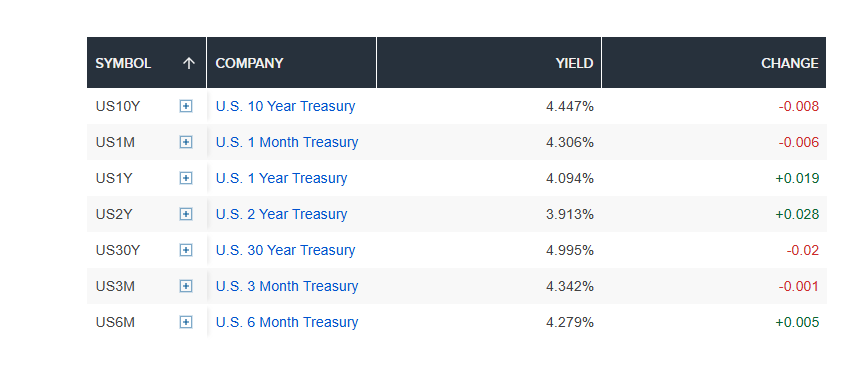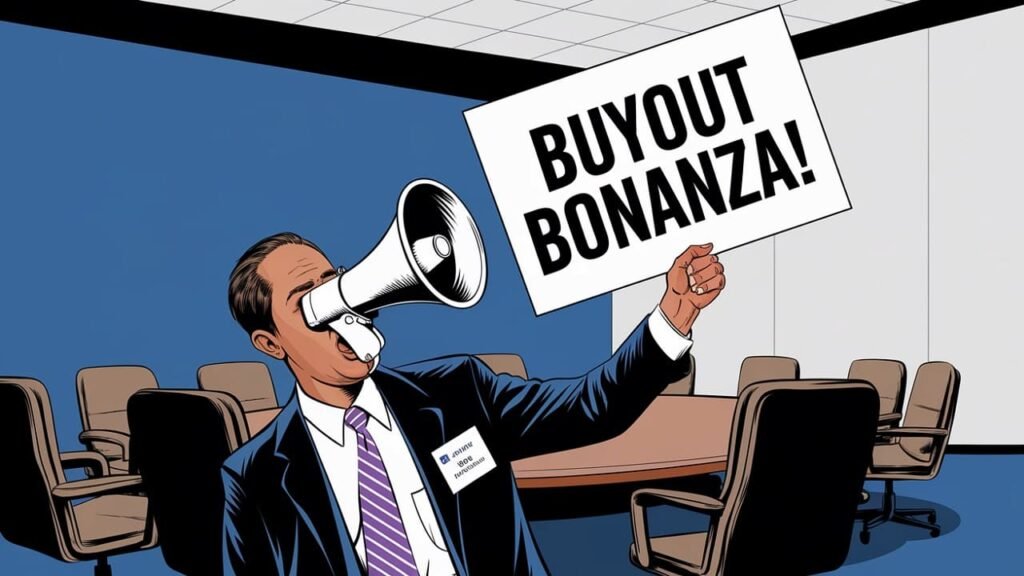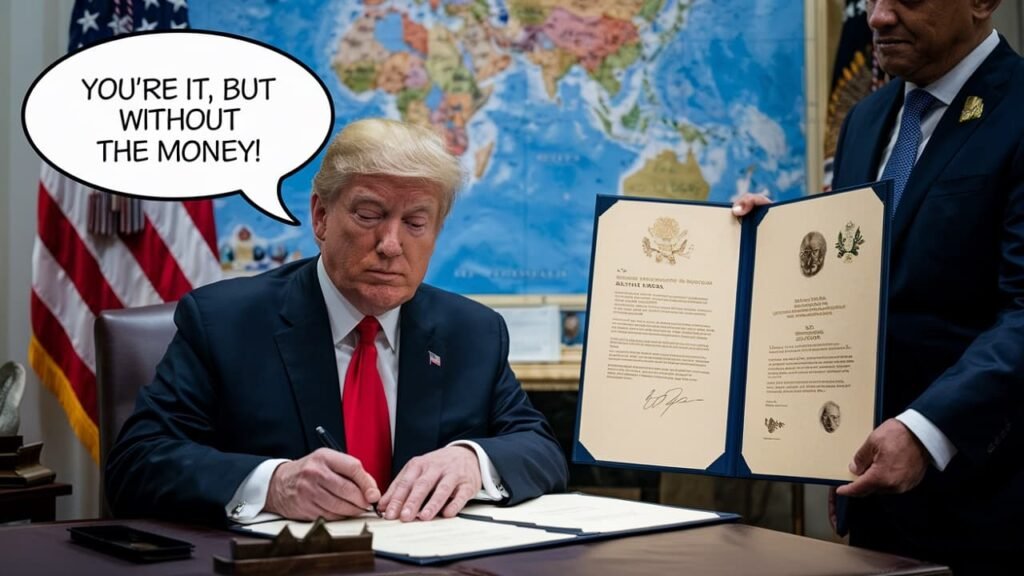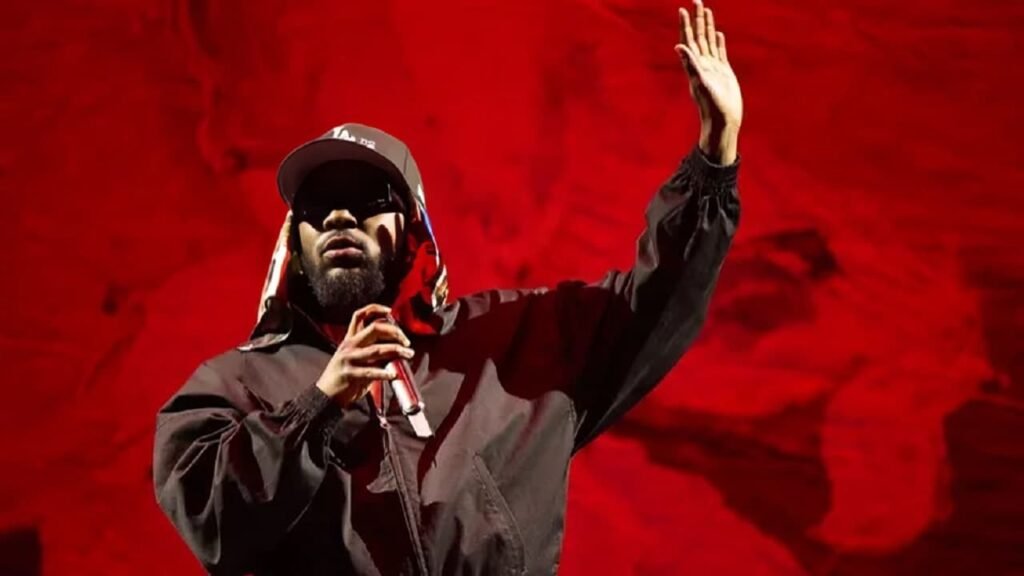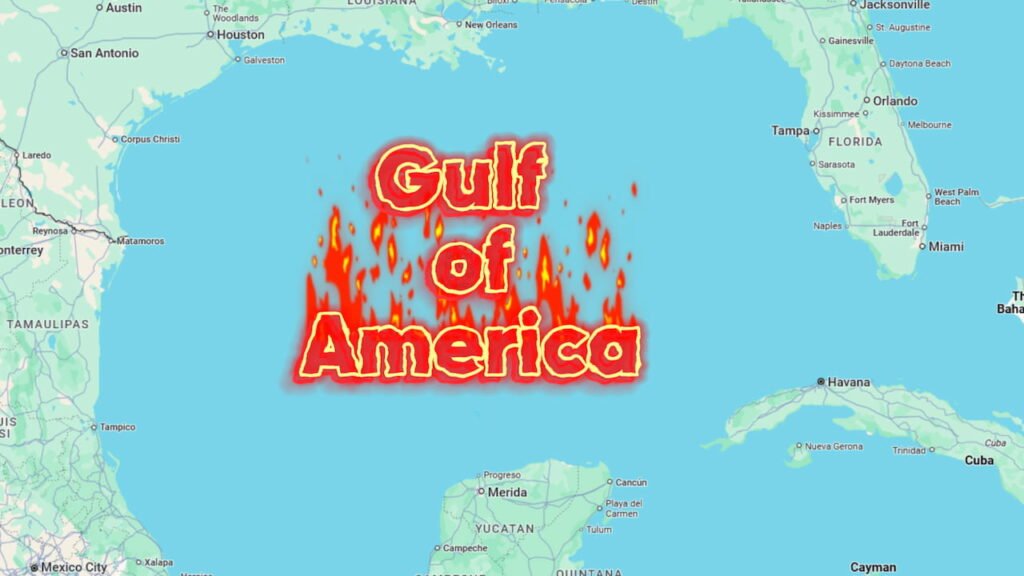Wall Street woke up Thursday to find U.S. Treasury yields taking a nap, barely blinking despite fresh economic data and a political drama starring President Donald Trump and Federal Reserve Chair Jerome Powell. The 10-year Treasury yield yawned, dipping 2 basis points to 4.433%, while the 2-year yield lounged at 3.89%, refusing to budge. Meanwhile, the 30-year note stretched out, dropping 3 basis points to 5.018%, as if it had better things to do.
For those new to the bond market’s quirks, a basis point is just 0.01%, and yields and prices are sworn enemies, always moving in opposite directions. It’s the kind of math that makes your high school algebra teacher nod approvingly. But Thursday’s yield snoozefest wasn’t about math—it was about the economy flexing some muscle and a Washington soap opera stealing the spotlight.
The economy, it turns out, is feeling pretty spry. Jobless claims for the week ending July 12 clocked in at 221,000, down 7,000 from the prior week, according to the Department of Labor. That’s fewer folks lining up for unemployment checks, which is the kind of news that makes economists do a happy dance.
Retail sales also decided to show off in June, climbing 0.6% from May, per the U.S. Census Bureau. That’s triple the 0.2% bump the Dow Jones consensus had predicted, meaning shoppers were out there swiping cards and filling carts with gusto. Who knew summer sales could get people so excited?
But let’s talk about the real circus in town: the Trump-Powell saga. On Wednesday, President Trump played a game of “will he, won’t he” with Federal Reserve Chair Jerome Powell’s job. One minute, he’s in the Oval Office asking House Republicans if they think Powell should get the boot, and the next, he’s telling reporters, “We’re not planning on doing it.”
Trump’s flip-flop was faster than a pancake on a griddle. He even tossed in a caveat: “I don’t rule out anything … but I think it’s highly unlikely, unless he has to leave for fraud.” Fraud? That’s a plot twist nobody saw coming, but it sure kept the financial news buzzing.
Earlier that day, Trump had the markets in a tizzy when he reportedly mulled firing Powell, according to a senior White House official. The rumor mill churned, and for a hot minute, investors thought Powell’s chair was about to get yanked. Deutsche Bank analysts noted a “huge steepening in the yield curve” as traders bet on a near-term rate cut, only for the markets to calm down after Trump’s denial.
The yield curve, for those not fluent in bond-speak, is the graph showing yields across different maturities, and a steepening curve is the market’s way of saying, “We’re expecting some action!” But Trump’s quick backtrack had everyone hitting the snooze button again. The bulk of those wild market moves? Poof, gone.
Why all the fuss over Powell? Well, Trump’s been grumpy about the Fed’s refusal to slash interest rates, which are parked at a “modestly restrictive” 4.25%-4.50% range, per Powell’s own words. Trump thinks lower rates would juice the economy, making it easier to finance deficits or buy that new yacht. Powell, however, is playing the cautious card, worried that premature cuts could reignite inflation, which is already at 2.7% year-over-year.
The Fed’s independence is a big deal, and not just because it sounds cool at economics conferences. A 1951 standoff with President Harry Truman set the precedent that the Fed gets to call the shots on interest rates without politicians meddling. Firing Powell over policy disagreements? That’s a legal gray area, and Powell’s already said it’s “not permitted under the law.”
Markets, being the drama queens they are, threw a brief tantrum Wednesday when the firing rumors hit. The S&P 500 dropped 0.7%, the dollar took a dive, and Treasury yields did a little jig before Trump’s denial calmed everyone down. By Thursday, stocks were back in the green, and yields were chilling, as if nothing had happened.
Investors are now keeping one eye on Washington and the other on upcoming data, like import and export price indexes. The Trump-Powell drama might be the juiciest story, but the economy’s steady pulse—fewer jobless claims, robust retail sales—is the real star. Who needs reality TV when you’ve got bond yields and political intrigue?
As for Powell, he’s probably sipping coffee, unfazed, while Trump mulls his next move. The markets, meanwhile, are ready for another day of economic reports and maybe a few more plot twists. Stay tuned, because this show’s far from over.
